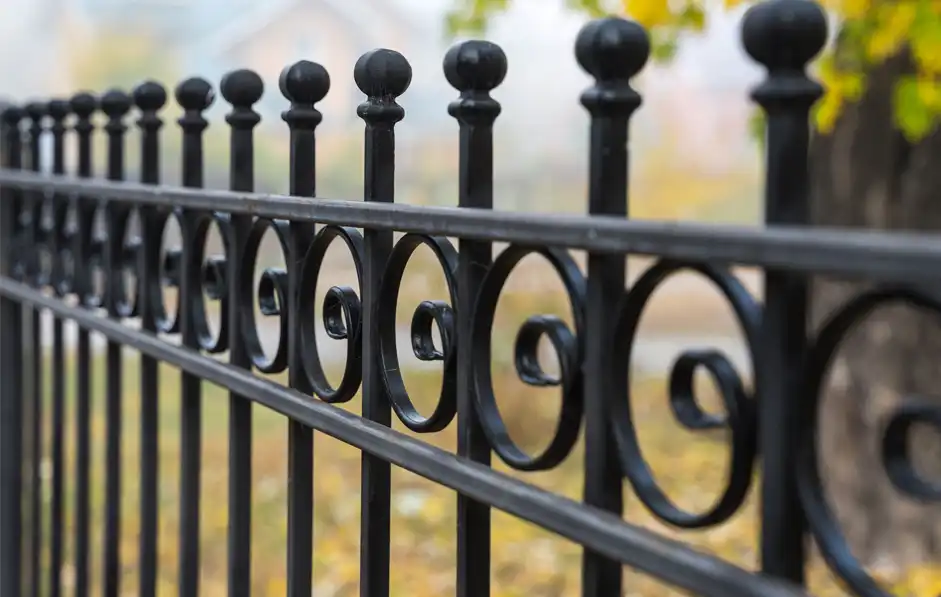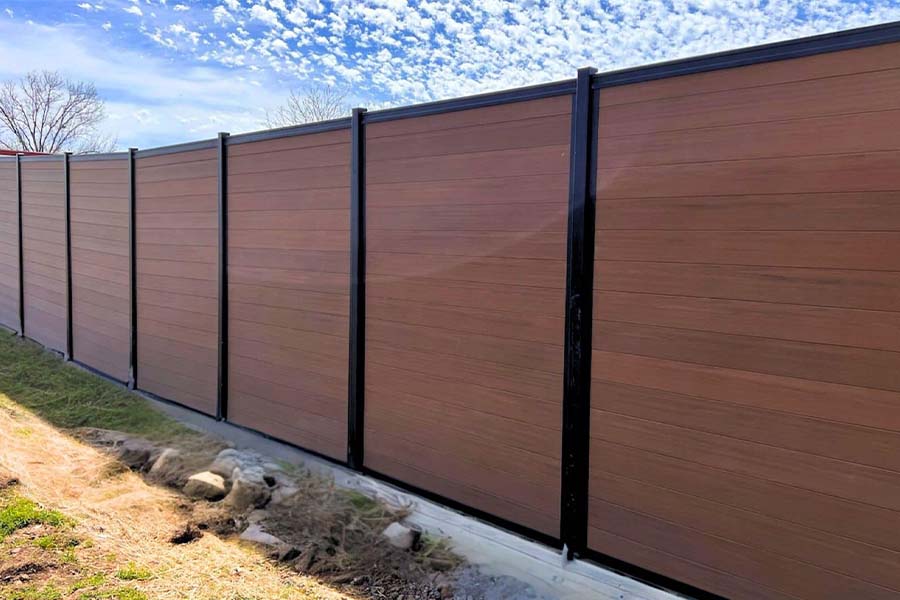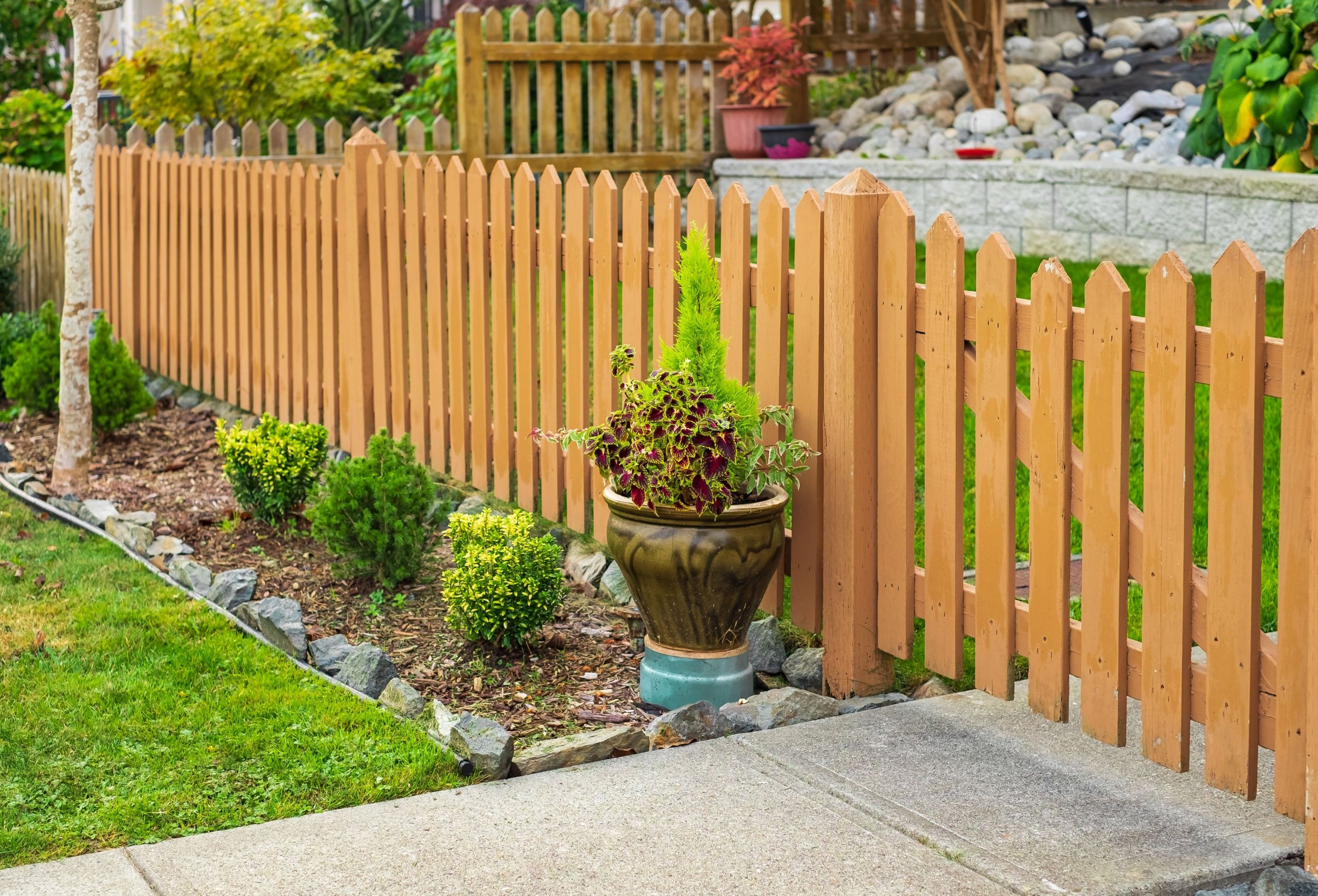All Categories
Featured
When it involves preserving a wood fence, home owners commonly encounter the choice of whether to paint or tarnish. Both choices have their pros and cons, and the choice eventually relies on your visual choices, the kind of wood, and exactly how much maintenance you're eager to commit to. Below's a detailed contrast to assist you make a notified choice.
The Essentials of Paint and Staining
Paint entails covering the wood with an opaque layer of color. It provides complete protection, concealing the wood grain while offering exceptional security versus environmental components.
Tarnishing passes through the wood, improving its natural elegance while including a safety layer. Depending on the type, stains can range from transparent to strong, enabling varying levels of wood grain presence.
Advantages And Disadvantages of Paint
Pros:
Variety of Colors: Repaint offers countless color choices, allowing you to match your fencing to your home's exterior or personal style.
Longer Enduring: Premium outside paint can last up to 5-7 years, needing much less frequent reapplication.
Superior Protection: Repaint kinds a thick, solid barrier against wetness, UV rays, and parasites.
Disadvantages:
Peeling and Cracking: Gradually, paint can peel or break, particularly in areas with extreme weather.
Hides Natural Wood Appeal: If you love the natural grain of wood, paint may not be the finest choice.
Greater Upkeep: Repainting needs removing the old paint, which can be labor-intensive.
![]()
Advantages And Disadvantages of Discoloration
Pros:
All-natural Appearance: Stains maintain and improve the all-natural appeal of the wood, making it ideal for premium wood like cedar or redwood.
Easier to Reapply: Unlike paint, discolorations don't break or peel off. Reapplying stain typically calls for less surface area prep work.
Versatile Complete Alternatives: Stains been available in transparent, semi-transparent, and solid ranges, supplying different degrees of coverage.
Cons:
![]()
Shorter Lifespan: Stains, semi-transparent and especially clear ones, might need reapplication every 2-3 years.
Restricted Color Choices: While stains use natural tones, they do not have the wide color combination offered with paint.
Much Less Safety: Spots permeate the timber but don't supply as thick a barrier as paint, making them somewhat much less protective versus severe weather.
Aspects to Consider
Aesthetic Preferences: If you desire lively shades and full protection, paint is the method to go. For a rustic and natural appearance, go with tarnish.
Wood Type: Premium timbers with attractive grains gain from staining, while lower-grade timbers can be painted for a sleek look.
![]()
Environment: In wet or moist environments, paint's thicker barrier might use better protection. In modest or dry climates, stains can be sufficient.
Maintenance Commitment: Painting involves less frequent reapplication yet even more effort throughout touch-ups. Discoloration needs regular upkeep however is less complicated to manage.
Last Ideas
Both painting and discoloration can effectively shield and enhance your wood fencing. The best option depends upon your concerns, whether they favor aesthetics, longevity, or convenience of upkeep. By recognizing the benefits and disadvantages of each, you can pick the finish that lines up with your needs and guarantees your fence remains a standout attribute of your residential or commercial property for many years ahead.
The Essentials of Paint and Staining
Paint entails covering the wood with an opaque layer of color. It provides complete protection, concealing the wood grain while offering exceptional security versus environmental components.
Tarnishing passes through the wood, improving its natural elegance while including a safety layer. Depending on the type, stains can range from transparent to strong, enabling varying levels of wood grain presence.
Advantages And Disadvantages of Paint
Pros:
Variety of Colors: Repaint offers countless color choices, allowing you to match your fencing to your home's exterior or personal style.
Longer Enduring: Premium outside paint can last up to 5-7 years, needing much less frequent reapplication.
Superior Protection: Repaint kinds a thick, solid barrier against wetness, UV rays, and parasites.
Disadvantages:
Peeling and Cracking: Gradually, paint can peel or break, particularly in areas with extreme weather.
Hides Natural Wood Appeal: If you love the natural grain of wood, paint may not be the finest choice.
Greater Upkeep: Repainting needs removing the old paint, which can be labor-intensive.

Advantages And Disadvantages of Discoloration
Pros:
All-natural Appearance: Stains maintain and improve the all-natural appeal of the wood, making it ideal for premium wood like cedar or redwood.
Easier to Reapply: Unlike paint, discolorations don't break or peel off. Reapplying stain typically calls for less surface area prep work.
Versatile Complete Alternatives: Stains been available in transparent, semi-transparent, and solid ranges, supplying different degrees of coverage.
Cons:

Shorter Lifespan: Stains, semi-transparent and especially clear ones, might need reapplication every 2-3 years.
Restricted Color Choices: While stains use natural tones, they do not have the wide color combination offered with paint.
Much Less Safety: Spots permeate the timber but don't supply as thick a barrier as paint, making them somewhat much less protective versus severe weather.
Aspects to Consider
Aesthetic Preferences: If you desire lively shades and full protection, paint is the method to go. For a rustic and natural appearance, go with tarnish.
Wood Type: Premium timbers with attractive grains gain from staining, while lower-grade timbers can be painted for a sleek look.

Environment: In wet or moist environments, paint's thicker barrier might use better protection. In modest or dry climates, stains can be sufficient.
Maintenance Commitment: Painting involves less frequent reapplication yet even more effort throughout touch-ups. Discoloration needs regular upkeep however is less complicated to manage.
Last Ideas
Both painting and discoloration can effectively shield and enhance your wood fencing. The best option depends upon your concerns, whether they favor aesthetics, longevity, or convenience of upkeep. By recognizing the benefits and disadvantages of each, you can pick the finish that lines up with your needs and guarantees your fence remains a standout attribute of your residential or commercial property for many years ahead.
Latest Posts
Improve Your Home's Outside with Weathercraft's Siding Solutions
Published May 28, 25
1 min read
Safeguard and Improve Your Home with Weathercraft's Siding Solutions
Published May 27, 25
1 min read
Uncover Brake Repair & More: Full Repair Options from Montclare Auto Repair
Published May 27, 25
1 min read
More
Latest Posts
Improve Your Home's Outside with Weathercraft's Siding Solutions
Published May 28, 25
1 min read
Safeguard and Improve Your Home with Weathercraft's Siding Solutions
Published May 27, 25
1 min read
Uncover Brake Repair & More: Full Repair Options from Montclare Auto Repair
Published May 27, 25
1 min read